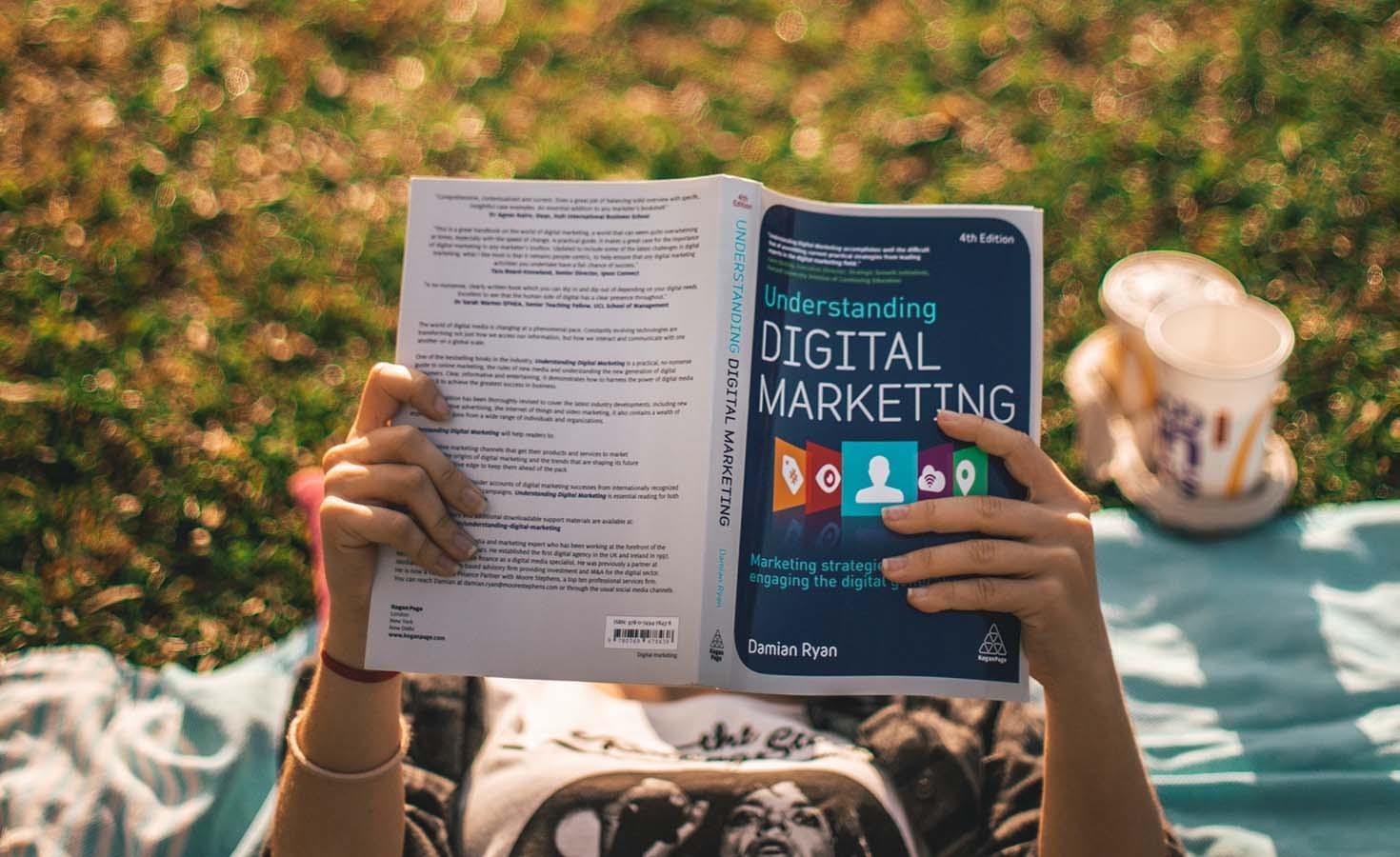
The New Year is on the horizon, which means it’s goal-setting season. Get out your pens and paper. Start planning that self-care routine. Or set the alarms to get your sleep schedule back on track.
But this New Year, don’t put your work goals on the back burner. Maybe you’re looking to improve your media strategies or turn out better creative. Either way, keep your eye on these six trends. They can help you up your game and achieve your 2023 marketing goals.
1. Video Content
It’s no secret that video content is a huge trend online. It’s both engaging and visually stimulating, which drives more people to interact. But ultimately, the success of video content comes down to planning.
In longer forms of video, you have to captivate your audience immediately. That means you have 3 – 10 seconds to capture their attention — and gain the clicks, the views, and the business. That’s what’s great about this visual artform, though. Video allows you to share your story quicker and with more emotion — in a medium that audiences are used to consuming.
In 2023, we’re expecting to see an even bigger increase in companies using short-form videos. The benefit of shorter videos? Impressions and fast awareness. You can even place your 15-second content in places that make them unskippable.
And with the popularity of TikTok as well as Reels on the rise, it’s time to take advantage of these platforms.
2. Interactive Marketing
Marketing is meant to be an engaging experience. That’s the whole point. And one reliable way to get audiences involved is through gamification.
Not only does it demand attention, it keeps attention as well. How? By increasing your brand’s presence in their market. Gamification comes in numerous fashions. Whether it’s a “Spin to Win” coupon on a clothing site or something larger like McDonald’s Monopoly. No matter the details, it’s a way to reward the customer and keep them enticed by the products you offer.
It can even go a step further. What if the reward was in the product? Great examples include Peloton bikes and Apple Watches. Think of how accomplished you feel when you close off those little glowing fitness rings throughout the day. Isn’t it euphoric? It’s consumer-focused experiences like this that keeps customers connected.
3. Experience-First Marketing
We here at MKR like to refer to this as an audience-first approach. And we’ve written about this before. But it never hurts to provide a little more information.
Events and products start with the audience. Brands want customers to feel connected to them. And customers are attracted to the transparency and insights they can gain. So why not meet in the middle by making all of marketing an experience?
This is something Indy500 does an impeccable job of. It starts with the overwhelming hype for weeks leading up to the race. And, of course, there’s the race itself. But Indy500 takes it a step further by creating multiple experiences for a variety of potential customers. Whether it’s the golf course on the in-field, the streamline of RVs, or the belting of “Back Home Again in Indiana” before the drivers introductions. There’s a little something to keep everyone hooked.
But it doesn’t end there, either. The noteworthy SnakePit takes it one step further. It makes attendees feel like part of the event — while providing them a keepsake … with a giant photo-op logo built in. And it continues on social media when people tag their photos and spread the word of how amazing the event was.
Marketing doesn’t start or stop with a single social media post. It’s an ongoing process meant to keep people coming back.
4. Inclusive Campaigns
No matter who your target audience is, you have to remember to remain inclusive. Proper and authentic representation not only makes your customers feel seen and heard, it also makes for a positive force in marketing as a whole. The more diverse and inclusive your brand is, the less people will feel alienated.
This also means your messaging will resonate with a larger audience. And with a larger audience comes more trust, brand loyalty, and hopefully purchases.
So it’s time to review your old campaigns, reassess your business, and start collecting more key demographic data.

5. Influencer-Brand Relationships
If your brand has a fan with a following, you may have found your influencer. And an influencer relationship can be the right partnership no matter what product or event you’re trying to market. It’s a modern and simple way to expand brand awareness and gain new fans. But how exactly does that work?
Take micro-influencers for instance. They typically have thousands — or tens of thousands — of followers. And although that following may seem small to you, it’s actually perfect. Unlike celebrities, micro-influencers are still seen as average, everyday individuals. Which makes them authentic and creates a trust in their viewers. An influencer’s following is far more likely to trust them than a paid actor.
Trust that your influencer is in-tune with their following. They will be able to determine what kind of and how much marketing their audience can handle.
6. User-Generated Content
We’ve all seen unboxing videos or fast food reviews on social media by now. It’s unprompted, honest, and often helpful. Now it’s easier than ever for customers to see themselves in your marketing. How? Thanks to user-generated content. It’s all about your everyday person giving a genuine review of what you offer.
Audiences gravitate toward authenticity. According to a report by Business Wire, “consumers are 2.4 times more likely to trust user-generated content compared to content created by brands.”1 So, let the people speak for themselves.
It’s relatable and real. And if users showcase themselves having positive experiences with your brand, it’s only going to create a larger audience and more brand loyalty.
Now that you know what to expect in the 2023 creative scene, you’re sure to come up with a solid strategy and some amazing creative.

